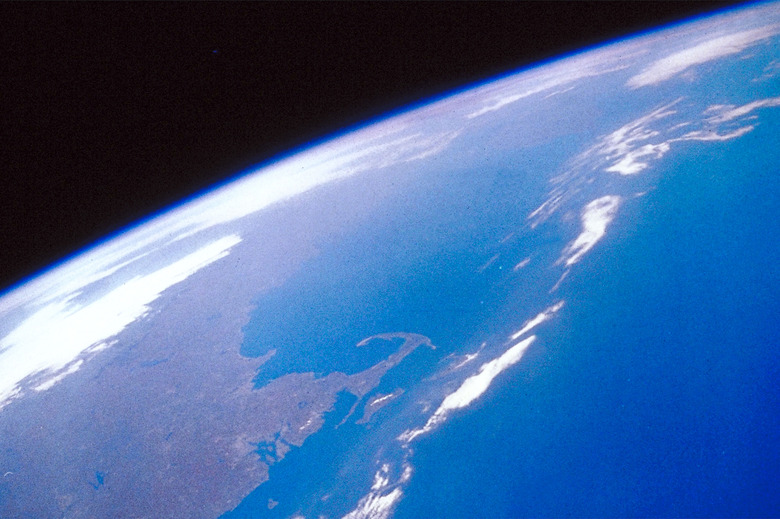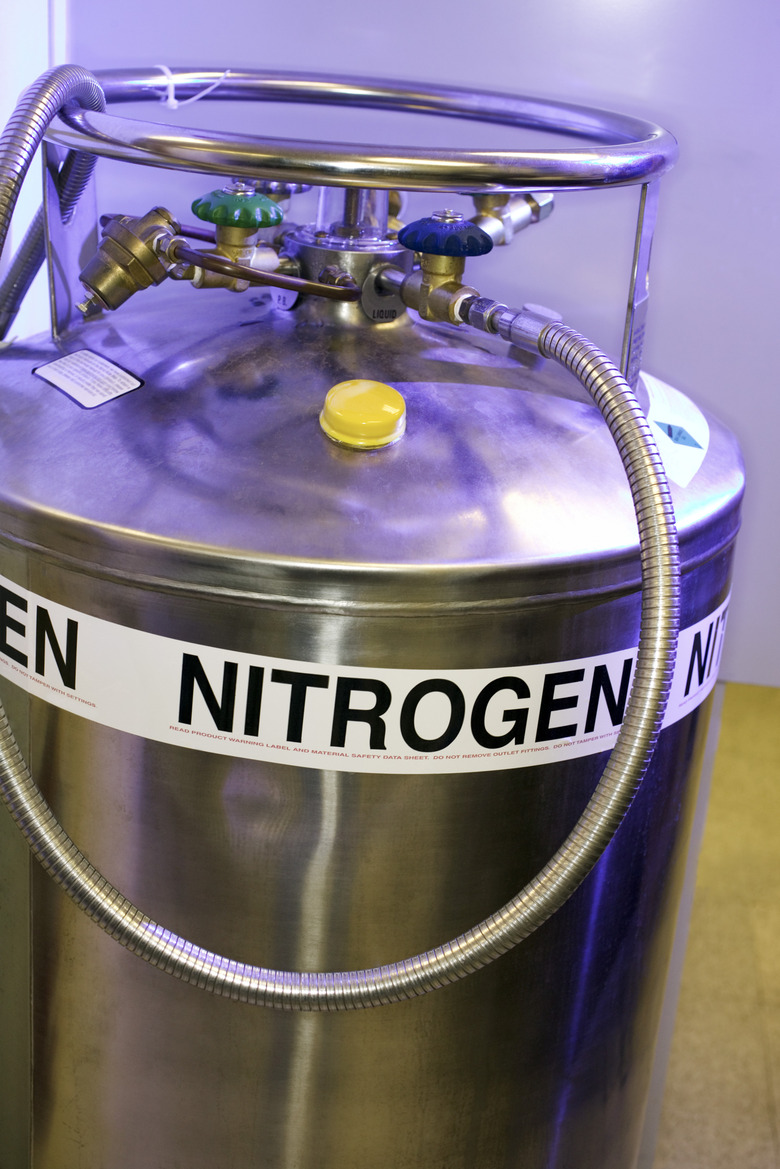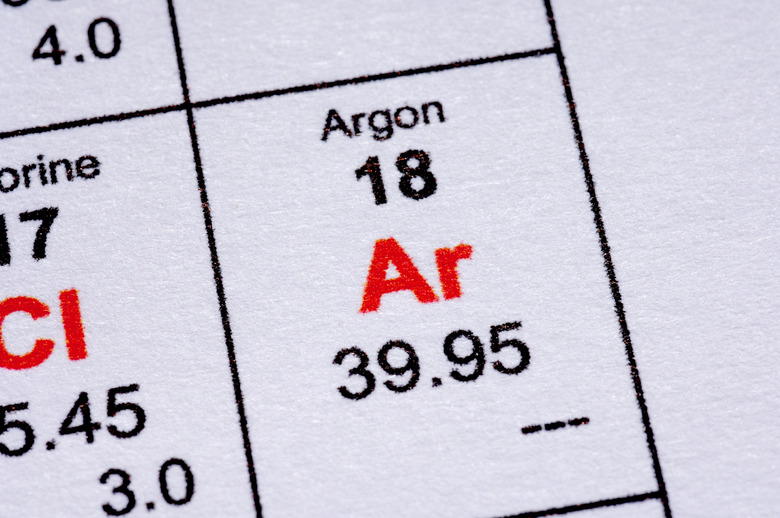What Are The Three Most Abundant Gases In The Earth's Atmosphere?
The atmosphere is a mixture of gases that surround the Earth. It is essential to all life and serves several purposes, such as providing air for respiration, absorbing harmful ultraviolet radiation, protecting the earth from falling meteorites, controlling climate and regulating the water cycle.
The most abundant gas in the atmosphere is nitrogen. The Earth's atmosphere is composed of approximately 78 percent nitrogen, 21 percent oxygen, 1 percent argon and trace amounts of other gases that include carbon dioxide and neon.
Nitrogen
Nitrogen
Nitrogen is a colorless, unscented and inert (does not react with other chemicals) gas. Chemist Daniel Rutherford first discovered this chemical element in 1772. Nitrogen is the most abundant gas in the atmosphere and the most abundant element in the atmosphere.
It's found in all living organisms. Nitrogen is an important component of amino acids, protein, DNA and RNA. All living organisms depend on nitrogen for growth, metabolic processes and reproduction.
The atmosphere is the primary source of nitrogen. However, plants and animals are not able to use it directly. Nitrogen enters the soil through precipitation, animal waste and dead organic matter. Bacteria in the soil convert the nitrogen into ammonium and nitrate, which are two forms of nitrogen that can be used by plants.
Animals then acquire the nitrogen by eating plants and other animals. Other bacteria in the soil will convert the ammonium and nitrate into di-nitrogen, causing nitrogen to be released back into the atmosphere. This entire process is known as the nitrogen cycle.
Oxygen
Oxygen
Oxygen is the second most abundant gas in the atmosphere and is the third most abundant element in the universe. It was discovered during two separate occasions: by Carl-Wilhelm Scheele in 1771 and Joseph Priestley in 1774. Oxygen is odorless, colorless and very reactive with other elements.
Oxygen gas (O2) is required by all living organisms for respiration and is a component of DNA molecules. Plants are able to produce oxygen and release it back into the atmosphere through a process known as photosynthesis.
Ozone (O3) is a form of oxygen that is present in the Earth's atmosphere. Ozone protects the Earth's surface from ultraviolet radiation by both absorbing and reflecting harmful rays.
Argon
Argon
Argon is classified as a noble gas and is colorless, odorless and relatively inert. Lord Rayleigh and Sir William Ramsay first discovered argon in 1894. It is the third most abundant gas in the atmosphere, but it cannot support life. Argon is considered a simple asphyxiant. When inhaled in large amounts, it can cause dizziness, nausea, loss of judgment, suffocation and even death.
Since argon is highly inert, it is used in several applications such as in incandescent light bulbs, protecting welds from oxidation, insulating gaps between panes of glass and as a substitution for nitrogen when necessary.
Other Common Gases and Elements
Other Common Gases and Elements
Nitrogen, oxygen and argon are the three most abundant elements in the atmosphere, but there are other key components that are required for supporting life as we know it on earth.
One of those is carbon dioxide gas. Carbon dioxide makes up 0.04 percent of the Earth's atmosphere. Made of one atom of carbon bonded to two oxygen atoms (CO2), carbon dioxide is a key component of photosynthesis and other metabolic processes. Without CO2, autotrophs like plants and photosynthetic bacteria wouldn't be able to turn solar energy into usable chemical energy via photosynthesis. This would mean there would be no way for energy to enter earth's ecosystems, which would lead to the demise of life on earth.
Water, H2O, is another necessary molecule for life. You can find it in its vapor form in the atmosphere.
Cite This Article
MLA
Arnett, Patricia. "What Are The Three Most Abundant Gases In The Earth's Atmosphere?" sciencing.com, https://www.sciencing.com/three-abundant-gases-earths-atmosphere-7148375/. 14 June 2019.
APA
Arnett, Patricia. (2019, June 14). What Are The Three Most Abundant Gases In The Earth's Atmosphere?. sciencing.com. Retrieved from https://www.sciencing.com/three-abundant-gases-earths-atmosphere-7148375/
Chicago
Arnett, Patricia. What Are The Three Most Abundant Gases In The Earth's Atmosphere? last modified March 24, 2022. https://www.sciencing.com/three-abundant-gases-earths-atmosphere-7148375/



